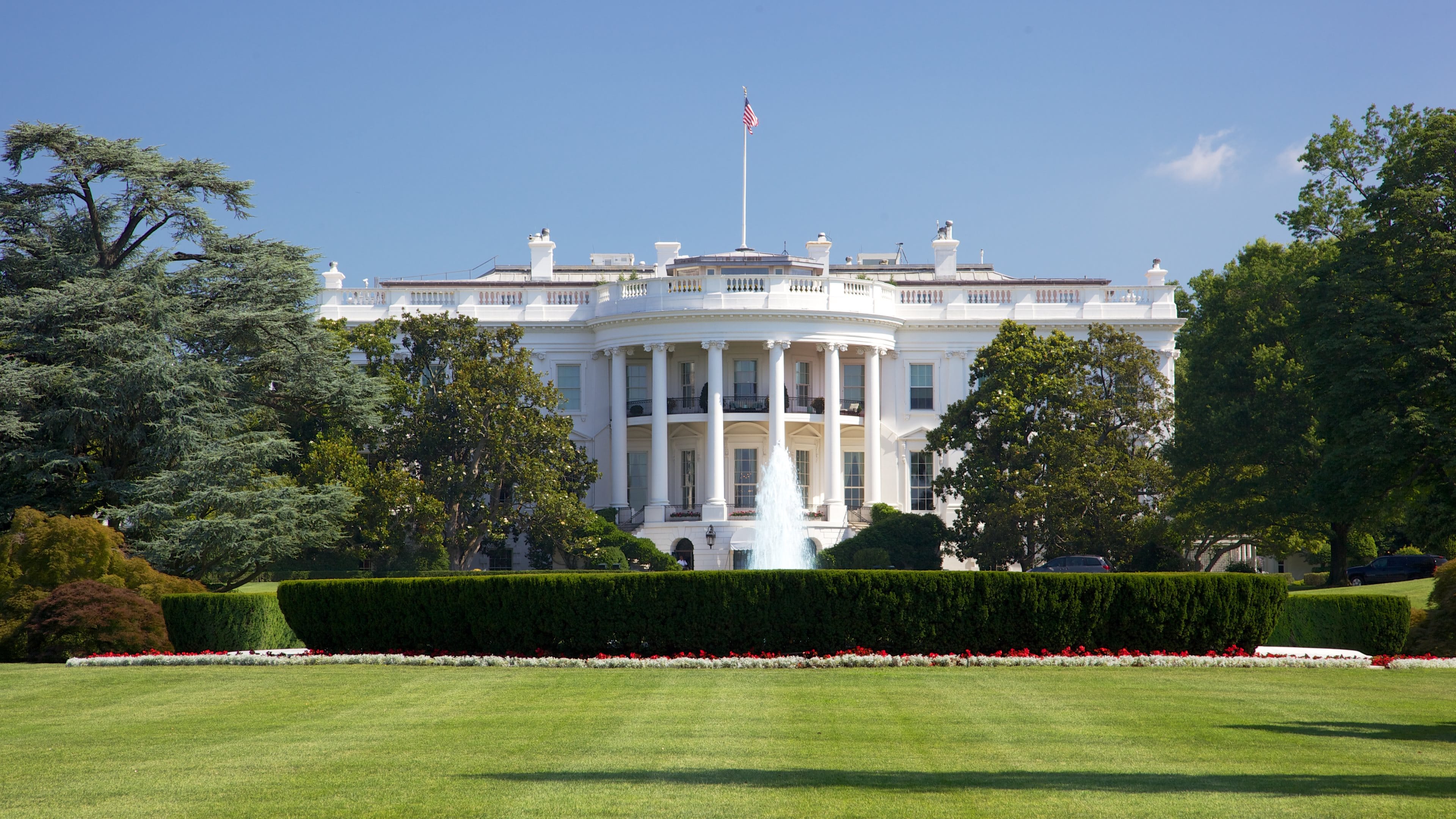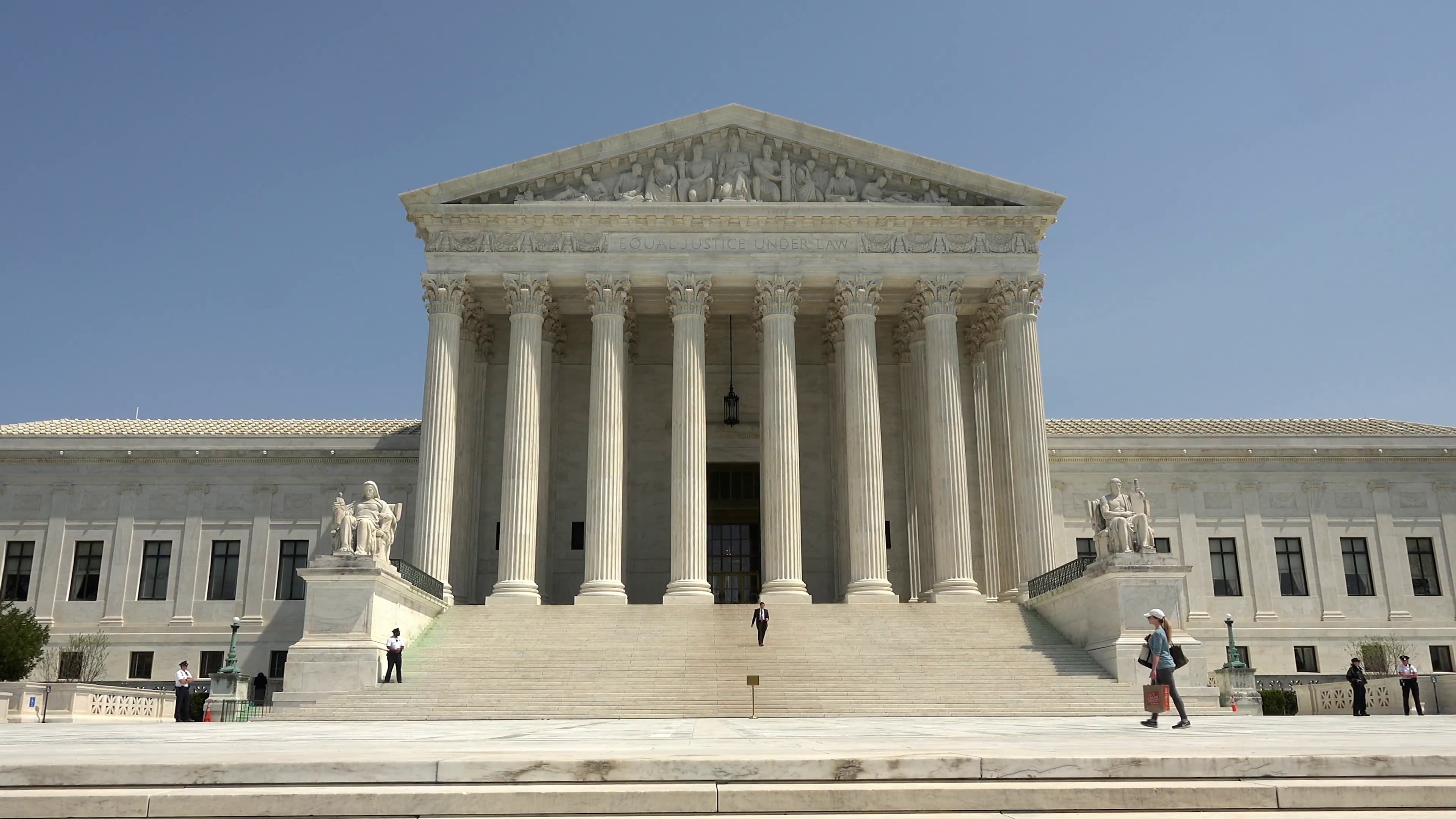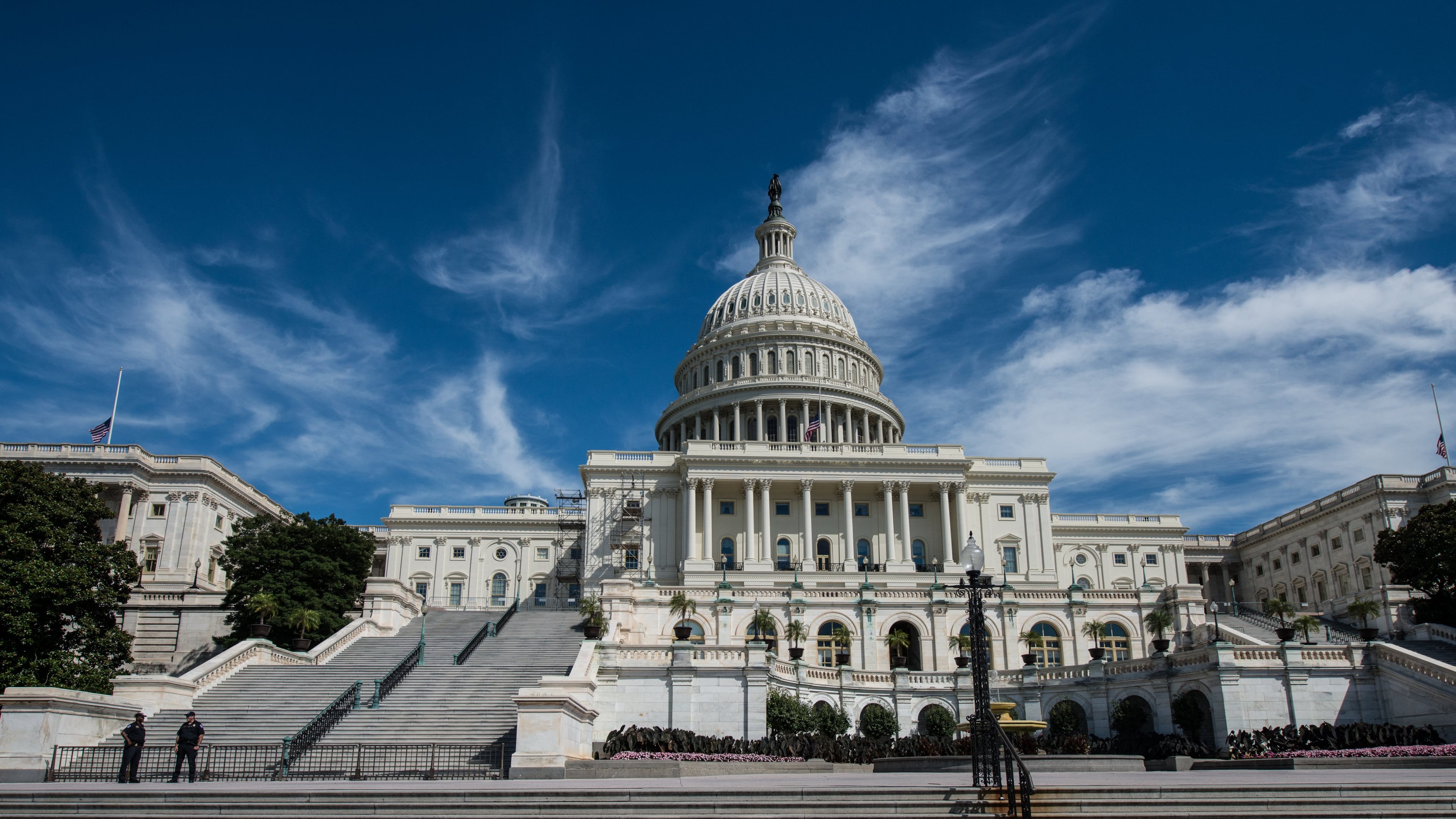Homepage
The Three Branches of American Government
Learn more about the executive, legislative, and judicial branches of the U.S. government.

Executive Branch
Carries out laws (President, Vice President, Cabinet)The executive branch carries out and enforces laws. It includes the President, Vice President, the Cabinet, executive departments, independent agencies, and other boards, commissions, and committees.

Judicial Branch
Evaluates laws (Supreme Court and other courts)Courts decide arguments about the meaning of laws and how they are applied. They also decide if laws violate the Constitution—this is known as judicial review, and it is how federal courts provide checks and balances on the legislative and executive branches.

Legislative Branch
Makes laws (Congress)Article I of the Constitution establishes the legislative or lawmaking branch of government. It has a bicameral, or two-house Congress—the Senate and the House of Representatives—and agencies that support Congress.